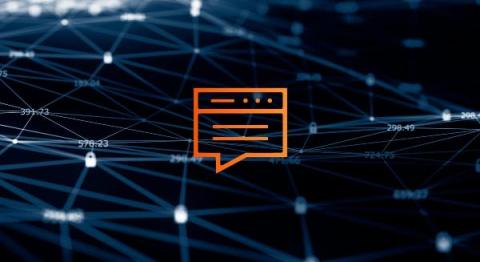CVE-2024-53677: Exploitation Attempts of Critical Apache Struts RCE Vulnerability Following PoC Release
On December 15, 2024, reports emerged that threat actors have begun attempting to exploit a recently disclosed critical vulnerability in Apache Struts (CVE-2024-53677) shortly after the publication of a Proof-of-Concept (PoC) exploit. Apache Struts is a widely used open-source web application framework for developing Java-based applications.






